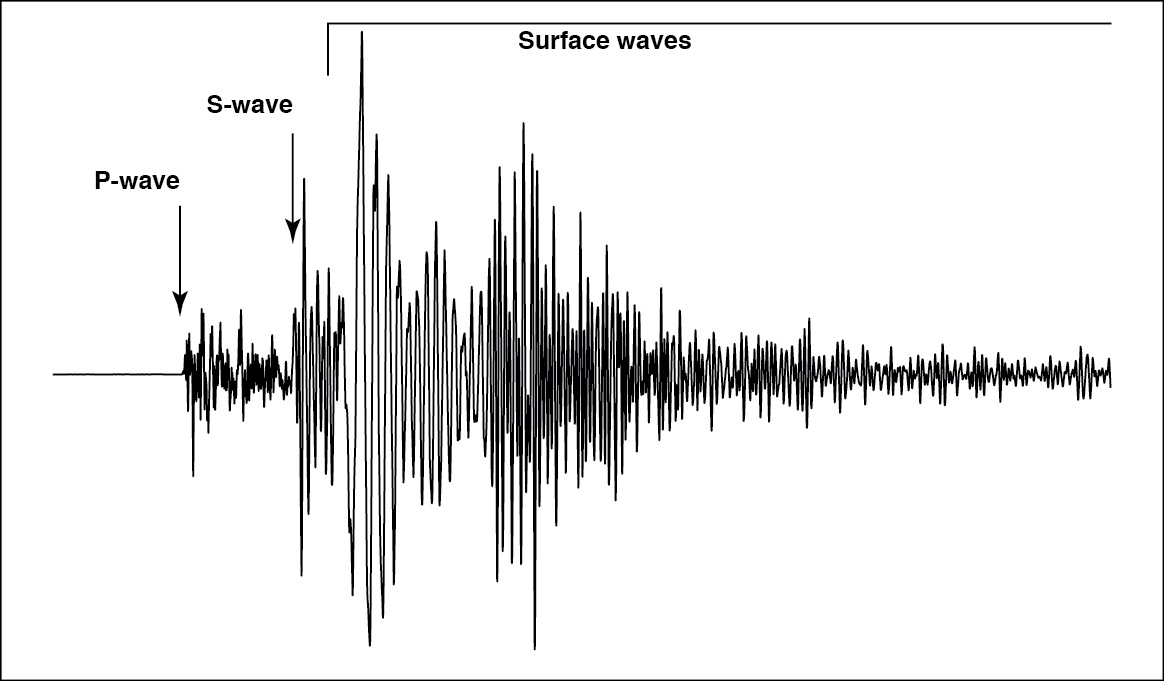Seismology (Greek: σεισμός, seismos, “earthquake”; and -λογία, -logia) is the scientific study of earthquakes and the propagation of elastic waves through the Earth or through other planet-like bodies. The field also includes studies of earthquake effects, such as tsunamis as well as diverse seismic sources such as volcanic, tectonic, oceanic, atmospheric, and artificial processes (such as explosions). A primary goal of seismology is to determine the physical properties of the Earth’s interior from a network of measurements on the surface. Seismologists also use seismic waves to image structure inside volcanoes, map out faults hidden by sedimentary layers in order to better understand plate tectonics and intraplate deformation processes. Earthquakes pose a significant risk to infrastructures and human life; therefore understanding their occurrence better helps reduce these risks.
Seismicity refers to all earthquakes at a particular place during some period of time. A place where earthquakes occur frequently is called a hot spot. The word tremor is sometimes used for small magnitude earthquakes (


